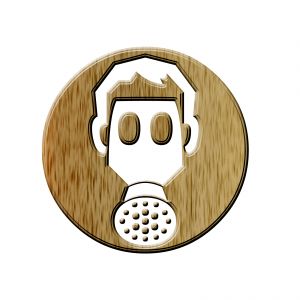 Have you seen a patch of black mold growing in your attic? Some people assume that mold in the attic is perfectly normal and causes no reason for concern. After all, if it’s confined to the attic, how much of a threat dose it really pose? Unfortunately, mold in the attic is a serious hazard that can lead to serious illness or even death.
Have you seen a patch of black mold growing in your attic? Some people assume that mold in the attic is perfectly normal and causes no reason for concern. After all, if it’s confined to the attic, how much of a threat dose it really pose? Unfortunately, mold in the attic is a serious hazard that can lead to serious illness or even death.
Mold can lead to a variety of health problems, some of which include the following:
- Respiratory illness and/or infection
- Itchy, watery eyes
- Weakened immune system
- Allergic reactions
- And more…
The biggest problem associated with mold growth is the possibility of experiencing an allergic reaction. According to the Wisconsin Department of Public Health Services, approximately 10% of the population is allergic to mold. To make matters worse, very few people know whether or not they are allergic to mold, let alone which type of mold they are allergic to. This compounds the problem even further to create a truly scary scenario for families in mold-stricken homes.
Mold Can Travel Through Walls
Don’t assume you are safe from mold just because it’s growing in your attic and not inside the bottom portion of your home. Mold spores are able to make their way through the smallest openings, traveling from your attic down into your living room, kitchen and bedroom. It’s not uncommon for people to suffer from respiratory illness as a result of living in homes with excessively moldy attics.
Identifying Mold Sources In The Attic
Homeowners should take a proactive approach towards identifying mold sources in the attic. Allowing problems to go unaddressed will only make the mold worse. Start by performing a thorough inspection of your attic, looking for any signs of mold or moisture. Remember, mold thrives in dark, moist environments, which is why it’s such a common problem in attics. If there’s moisture present in your attic, mold will likely be there as well. Attic mold typically looks like cloudy black-colored patches on damp wood or fabric. However, there are many different type of mold out there, some of which vary in terms of appearance and characteristics.
If mold is a problem in your attic, you must work on eliminating any and all water sources. Whether it’s a leaking pipe, overflowing AC condensate pan, or simply high humidity, moisture encourages the growth of mold. Using a chemical cleaning product may kill the mold spores, but the problem will eventually come back unless you remove the moisture.